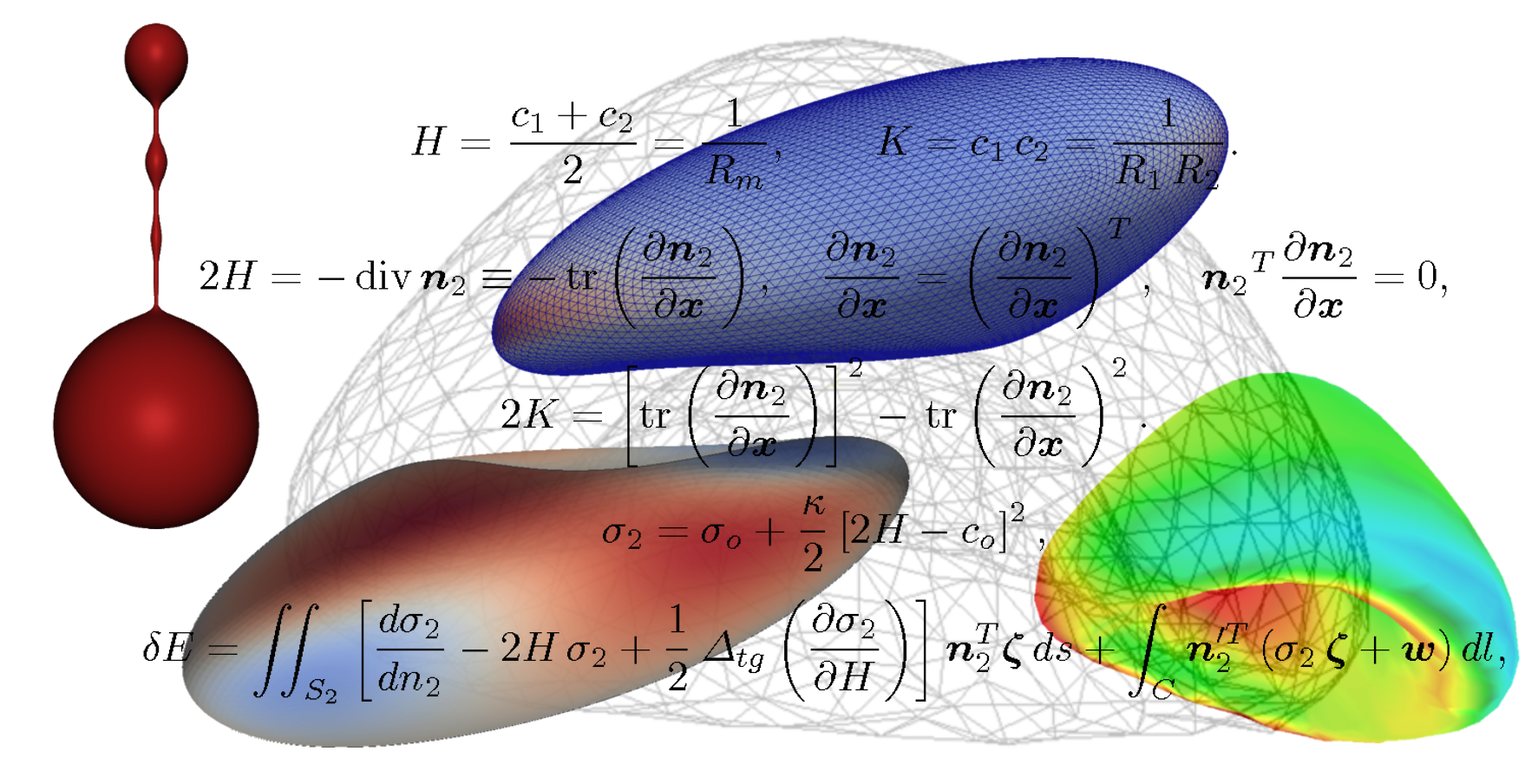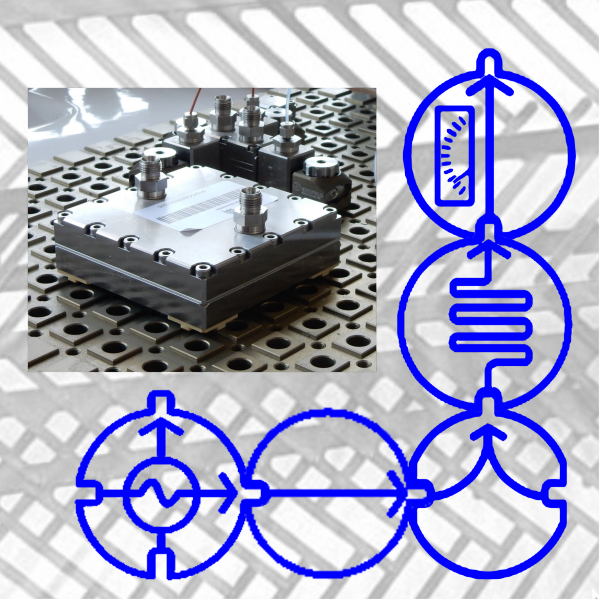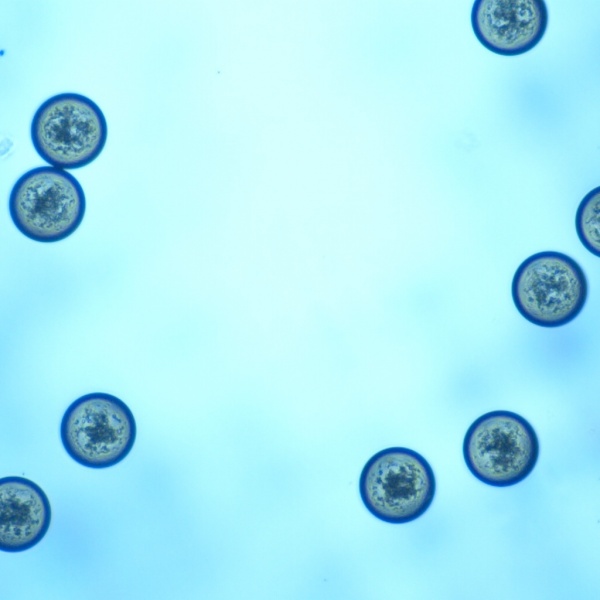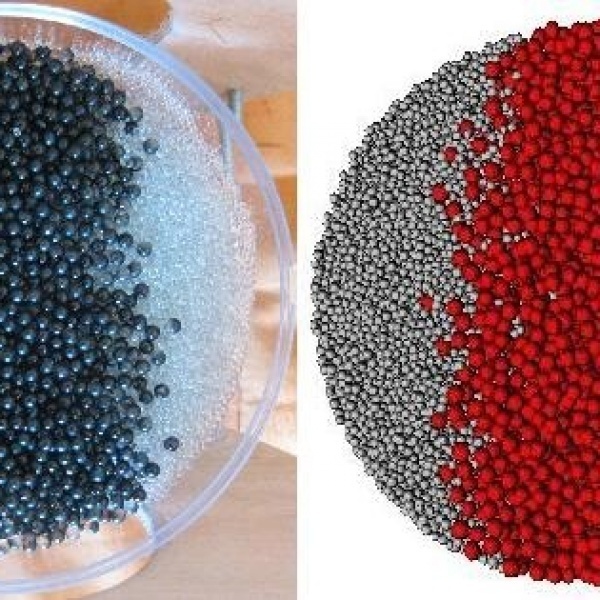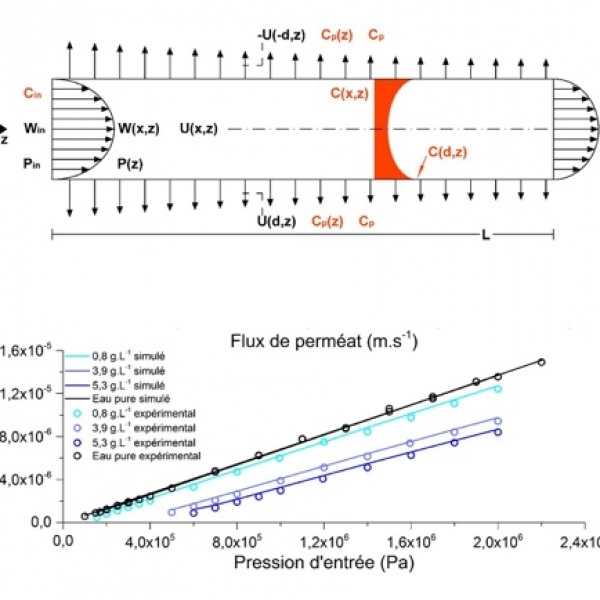28 novembre 2023
- Exploring Membrane Dynamics through Continuous Media Mechanical Modelling : Insights into Red Blood Cells and T Cell Activation / PhD Defense Varun Puthumana
Doctorant : Varun PUTHUMANA
Date : le mardi 28 novembre 2023 à 14h00 / Amphithéâtre du LMA
Abstract : The lipid bilayer forms the dynamic boundary of cells, while the cytoskeleton provides structural support which is connected to the bilayer through protein junction complexes. Classically, these two structures are often modelled as a single entity for computational simplicity, neglecting the fact that they slide in relation to each other. We develop a realistic representation that accurately depicts the bilayer-cytoskeleton structure which is validated using red blood cells (RBC), by carefully analysing its dynamics in flow. Moreover, as the study progresses, this will be extended to investigate the activation of T cells by the coordinated actions of the cytoskeleton and condensation of the T cell receptor (TCR).
Through comprehensive computational assessments of various modelling strategies by analyzing RBC behaviour in different flow scenarios, including extensional and shear flows, we explore the efficacy of double-layer strategies, such as the vesicle-capsule and capsule-capsule models, in accounting for the fluidity and surface incompressibility of the lipid bilayer. The double-layer capsule-capsule model is then employed to examine the localized reorganization of the cytoskeleton within T cells which subsequently resorb microvilli and triggers cell activation through the condensation of TCRs. The developed T cell model faithfully replicates the behaviour of an entire T cell during its interaction with an antigen-presenting cell. Our work illuminates the significance of establishing a region with a spontaneous actin deficit to facilitate seamless contact with the T cell, thereby enabling TCR condensation within a specific zone. The dynamic interplay between actin depolymerization and TCR condensation emerges as a pivotal factor in the process of T cell activation. Our findings indicate that the cell's geometry and cytoskeleton depolymerisation together initiate condensation at the tip of microvilli. Additionally, our investigations delve into the role of surface tension in instigating the formation of condensates at the immune synapse.
Our findings also reveal relevant information about the membrane dynamics such that introducing sliding between the layers provides the cytoskeleton with a significant degree of freedom to relax its elastic stresses, resulting in a substantial increase in RBC elongation. Moreover, our research demonstrates that the choice of membrane modelling strategy for RBCs has a more profound impact on their behaviour than the selection of the cytoskeleton's reference shape. These results underscore the importance of not solely considering mechanical properties but also emphasize the necessity of integrating these properties thoughtfully in computational models. Interestingly, our study uncovers a novel indicator for determining the appropriate stress-free shape of the RBC cytoskeleton, contributing to a deeper understanding of its biomechanics and offering valuable insights for future modelling efforts in the field.
Jury
Chaouqi MISBAH, LIPhy, Université Grenoble Alpes, Rapporteur
Simon MENDEZ, IMAG, Université de Montpellier, Rapporteur
Nicolas DESTAINVILLE, LPT, Université Toulouse III-Paul Sabatier, Examinateur
Kheya SENGUPTA, CINaM, Aix-Marseille Université, Présidente
Rémi LASSERRE, CIML, Aix-Marseille Université, CoDirection de thèse
Marc JAEGER, M2P2, Aix-Marseille Université, Direction de thèse
